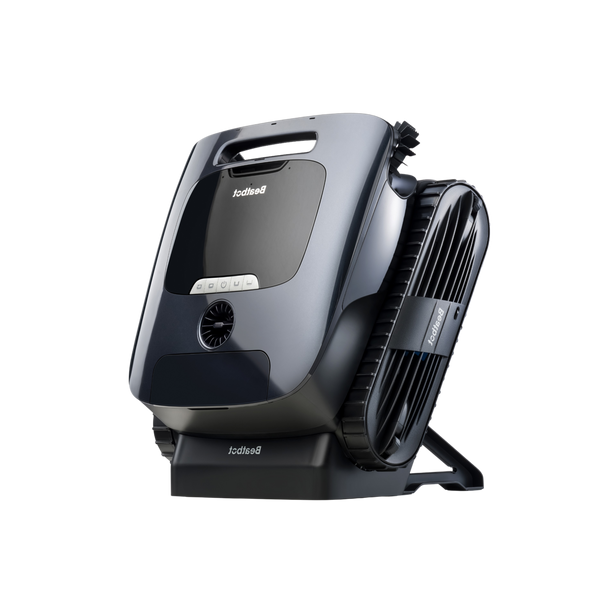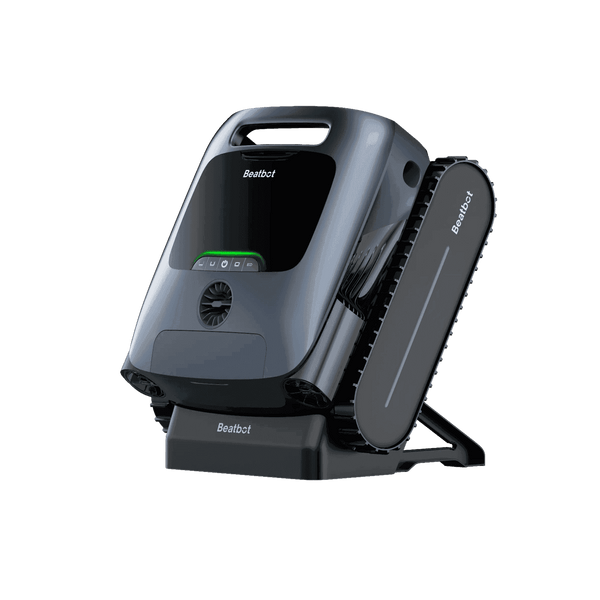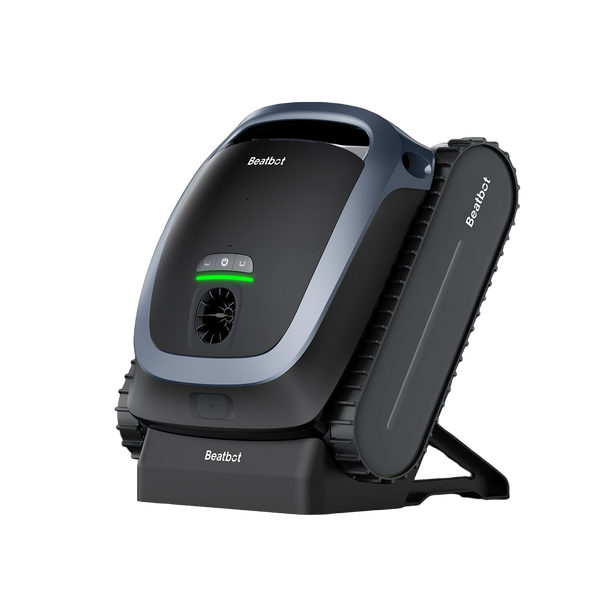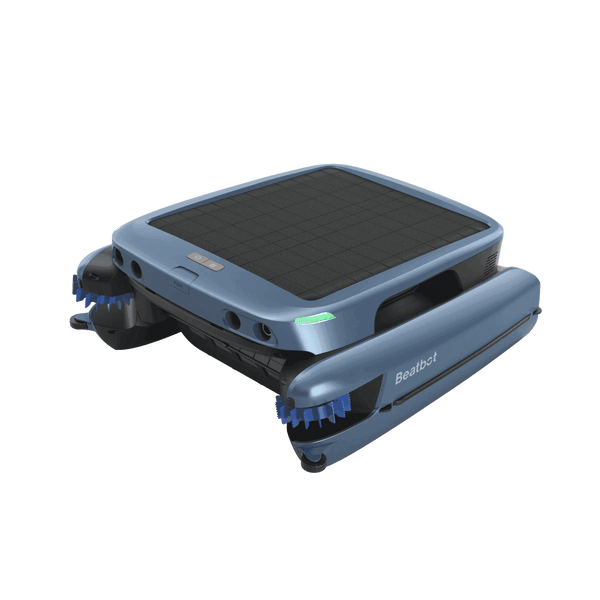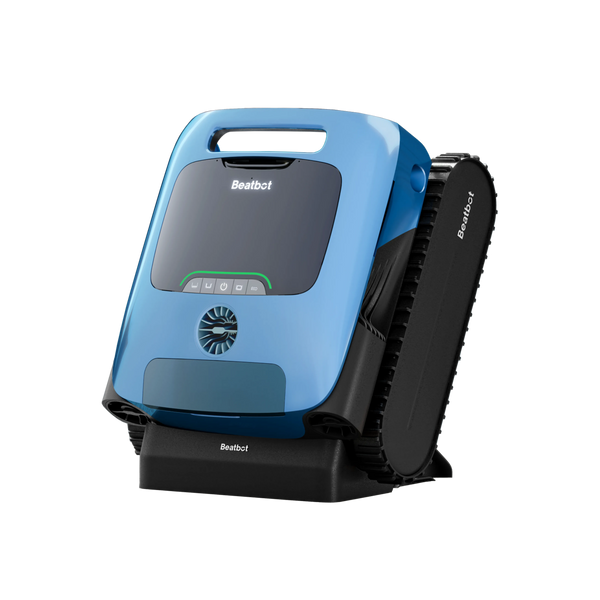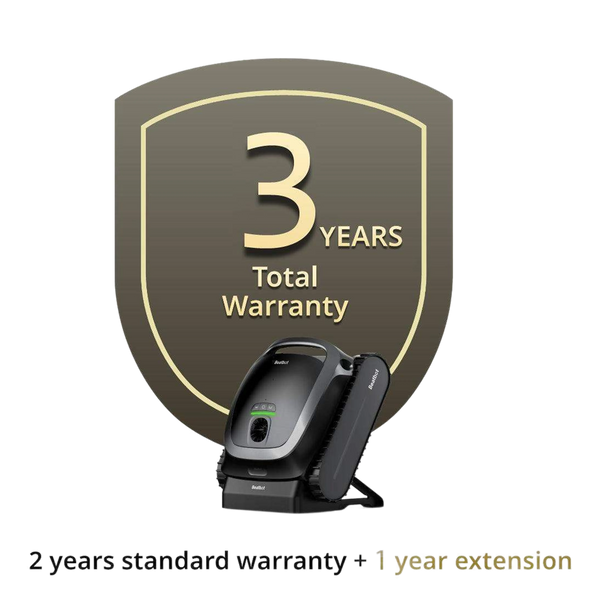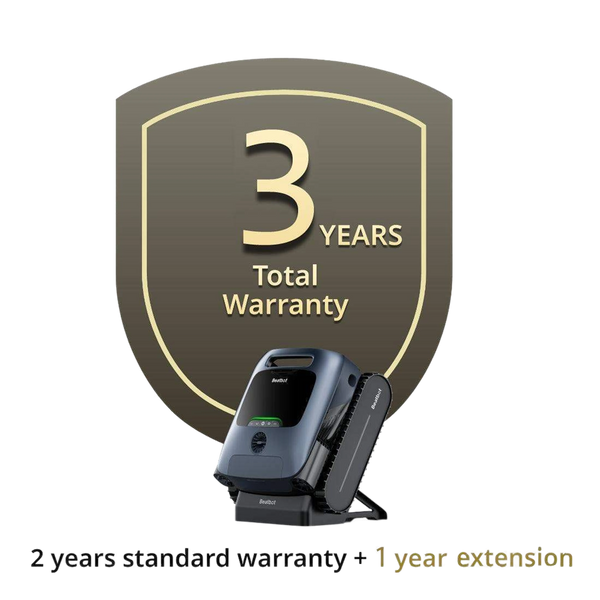DIY PVC Pipe Pool Vacuum Hose Holder: A Simple Solution
Hose can be used to link the pool skimmers, pool vacuums and other pool cleaners. However, are you weary of your garden hose being ensnared in a tangled mess, left strewn across your outdoor space? If the answer is yes, then it is imperative that you construct a pool vacuum hose holder! Possessing a suitable storage location for your hose not only maintains the tidiness and organization of your outdoor area but also augments the durability of your hose. In this blog post, we shall provide comprehensive guidance on how to craft your very own hose holder. Rest assured, this is a straightforward and enjoyable DIY project accessible to all. Gather your tools and let us embark on the journey of creating a practical and elegant solution for your vacuum hose.
Table of contents

Tools Required:
When initiating a new DIY endeavor, it is vital to possess a clear and concise inventory of the materials and tools required to execute the task efficiently and effectively. The specific materials needed will vary according to the individual project, however, there are several fundamental items that are commonly utilized in the majority of DIY projects. These often include nails, screws, sandpaper, wood glue, paintbrushes, and various paints.
Furthermore, depending on the nature of the project, you may require specific materials such as wood, plywood, or drywall. It is prudent to plan ahead and ensure that you possess all the necessary materials prior to initiating the project, in order to avoid any unforeseen delays.
In addition to materials, possessing the appropriate tools is indispensable for any DIY task.Basic tools such as a hammer, screwdrivers, a wrench, pliers, and a tape measure are indispensable for the majority of projects. Depending on the intricacy of your project, you may also require more specialized tools such as a power drill, circular saw, or paint sprayer. Investing in high-quality tools will not only facilitate your work but will also guarantee superior outcomes.
By compiling a comprehensive list of materials and tools prior to commencing your DIY project, you will be adequately prepared to address any challenges that arise.
Selecting the Optimal Placement
Finding the perfect spot for a pool vacuum hose holder entails balancing sunlight exposure and accessibility. It is essential to choose a location that is convenient for everyday use yet does not interfere with pool activities. Factors to consider include:
- Even Ground: This ensures the stability of the hose holder, especially if digging is required for installing a wooden post.
- Sunlight Exposure: Wooden structures can deteriorate over time if exposed to excessive moisture or consistent sunlight.
Designing the Hose Holder
When initiating the process of creating a DIY garden hose holder, the foundational steps involve selecting a suitable design, preparing a detailed cut list, and drafting a comprehensive sketch. These preliminary tasks are crucial for ensuring a structured and practical pool vacuum hose holder.
Creative Storage Solutions for Pool Cleaner and Vacuum Hoses
Storing pool cleaner and vacuum hoses, which often extend up to 30 feet in length, can be a challenge without a fence. While it might feel like an impossible task, there are several innovative ways to keep your pool area organized and clutter-free.
1. Tree-Friendly Hooks
Consider attaching sturdy hooks or loops to nearby trees. This allows you to coil the hoses neatly and hang them off the ground, minimizing the risk of them getting tangled or damaged. Be mindful to use materials that won't harm the trees.
2. DIY Storage Box
A practical option is to repurpose a large plastic storage box with a lid. Make sure to drill holes in the bottom to promote drainage and prevent water accumulation. When not in use, disassemble the hoses and store them inside along with your pool cleaner. This method keeps everything in one place and protected from the elements.
3. Rolling Hose Reels
Invest in a rolling hose reel. These are mobile, making it easy to transport hoses to and from the pool area. Not only do they offer a tidy way to store hoses, but they also have built-in mechanisms to help you wind the hoses with minimal effort.
4. Wall-Mounted Racks
Install a wall-mounted rack or hanger on the back of your house or on a shed. Look for options with multiple levels or hooks to accommodate the length and width of your hoses. This keeps them accessible yet out of the way.
5. Vertical Hose Stand
A vertical hose stand is an effective way to store hoses in an upright position. These stands are designed to hold the entire length of the hose compactly, freeing up ground space and reducing clutter.
6. Garden Cart Storage
Utilize a garden cart with a deep bin to coil and store your hoses. This provides a movable storage solution that can be wheeled out of sight when not in use.
Conclusion
Each of these solutions provides a practical way to store your pool essentials efficiently. By choosing a method that suits your unique outdoor setup, you can ensure that your pool area remains tidy and ready for relaxation.
Choosing a Design
The design phase is vital as it dictates both the functionality and aesthetics of the hose holder. For a straightforward build, one may opt for a basic upright post structure that can be easily planted in the ground. Alternatively, for additional utility, a design incorporating storage features or a decorative front can be selected. When selecting materials, a wooden post is often preferred due to its durability and natural appearance. When choosing a design, it is important to consider the holder's location, whether it will be freestanding in the yard, mounted on a deck, or attached to a fence.
Cutting and Assembly
To commence the construction process, utilize a circular saw to cut the lumber into the necessary lengths, ensuring that each piece is straight and smooth for a seamless fit. Apply wood glue to the joints for initial bonding. Subsequently, drill pilot holes to avoid splitting the wood as you insert screws, which will provide a permanent connection between the pieces.
Enhancing Stability and Aesthetic Appeal
After assembling the structure, drive stakes into the ground and secure them with screws to anchor the pool vacuum hose holder, ensuring it stands upright and remains stable. To add a refined touch, attach a wood finial or post cap to the top of the 4×4 post using wood glue and screws. If the holder includes a door for storage, install hinges to ensure smooth operation. Sand the edges and apply a sealant or paint to protect the wood and enhance its appearance.
Installing the Pool Vacuum Hose Holder
Now that you've reached the installation phase of your DIY pool vacuum hose holder, remember that proper installation safeguards the surrounding plants and garden area, while keeping the hose neatly stored and readily accessible.
Securing the Holder in Position
Once the location is ready, place the pool vacuum hose holder according to the manufacturer's instructions. For holders requiring a post, dig a hole sufficient for secure installation. Position the post in the hole and use a level to ensure it's upright. Use Quikrete to secure the post by pouring it in dry and adding water, following the package directions. Allow the Quikrete to fully set before attaching the hose to ensure a sturdy hold. Securing the holder firmly in place prevents it from tipping over when the hose is in use or being moved, providing reliable pool vacuum hose storage.

Additional Tips
One straightforward way to make a pool vacuum holder is to repurpose an old wooden pallet. By securing a pallet to a solid wall or post and adding hooks or nails, you can swiftly create a functional and appealing holder. By giving the pallet a fresh coat of paint to complement your outdoor décor, you can also add a hint of elegance to your poolside.Another option is to utilize PVC pipe to design a customized pool vacuum holder. By slicing the pipe into shorter segments, connecting them with elbow joints, and mounting the holder to a wall or fence, you can craft a robust and user-friendly storage solution for your pool vacuum. Both of these DIY pool vacuum holder ideas are relatively easy to execute and can be tailored to suit your unique needs and tastes.So bid farewell to tangled pool vacuums and embrace a more organized and streamlined pool cleaning experience with a homemade pool vacuum holder.
To effectively alternate between using a pool cleaner and a skimmer, start by adjusting the side suction valve to control the power distribution. Here's a simple guide to follow:
Balance the Suction : Initially, set the side suction valve to give more power to the pool cleaner. This ensures that debris at the bottom of the pool is efficiently vacuumed up.
Alternate to Skimmer : Once the pool cleaner has done its job, adjust the suction to favor the skimmer. This allows the skimmer to effectively capture floating debris and keep the surface of the pool clear.
Regular Adjustment : Periodically switch between the two. This ensures that both the pool's surface and bottom remain clean, maximizing the cleaning efficiency of your pool system.
Monitor and Fine-tune : Keep an eye on the debris levels in your pool. Adjust the suction balance as needed to ensure optimal performance from both the pool cleaner and skimmer.
By frequently alternating and properly adjusting the suction, you can maintain a pristine pool environment.
How to Straighten a Bent Pool Cleaner Hose
Over time, pool cleaner hoses can develop bends or kinks due to improper storage or prolonged disuse. Straightening them is essential for optimal performance. Here's how you can restore your hose to its original form:
Sunny Exposure : Place the hose straight in direct sunlight. The warmth from the sun will soften the material, making it easier to straighten. Ensure that the entire length is exposed evenly for the best results.
Warm Water Treatment : Submerge the bent sections of the hose in warm water. The heat will help relax the material. After soaking, gently pull and straighten the hose while it's still pliable.
Secure for Cooling : Once straightened, allow the hose to cool while it remains extended. This can be done by securing it in a straight position until it retains its shape.
Preventive Measures : To avoid future bends, when storing your hose, ensure it is laid out as straight as possible or coiled loosely without tight loops.
By following these steps, you'll have a straight and fully operational pool cleaner hose in no time!
Is it Okay to Coil a Manual Vacuum Hose for Storage?
Absolutely, you can coil a manual vacuum hose for storage. Coiling is a practical way to organize and protect the hose when it's not in use. Here’s why it’s perfectly fine:
Manual Control : With a manual vacuum, you are the force behind the vacuum head. This means you can manage any resistance from the coiled hose or water currents during operation.
Convenience : Coiling helps save space and prevents tangles, making it easier to store and retrieve your hose when needed.
Tips for Coiling Your Hose
Loosely Coil : Avoid tight coils which can cause kinks. Loosely coiling ensures the hose remains flexible and easy to unroll.
Use Hose Hangers : These are specifically designed to support the weight of the hose and maintain its shape.
Keep Dry : Ensure the hose is dry before storing to prevent mold or mildew buildup.
By following these tips, you’ll keep your manual vacuum hose in good condition, ready for the next cleaning session.
Can a Pool Cleaner Hose Be Left in the Pool When Not in Use?
When it comes to pool maintenance, many pool owners find themselves wondering whether it's safe to leave the pool cleaner hose in the water when it's not actively cleaning. The answer is generally yes, but with some conditions to consider for safety and equipment longevity.
Safety First
If no one is swimming in the pool, leaving the pool cleaner hose submerged is typically safe. However, if there are swimmers present, it's important to remove the hose to prevent potential entrapment hazards. Hoses left in the pool while people are swimming can pose risks, particularly if someone becomes tangled or trapped.
Equipment Longevity
Leaving the hose in the pool for extended periods can also influence the longevity of the equipment. Pool hoses are generally designed to withstand water exposure, but prolonged submersion can lead to unnecessary wear and tear. It's a good idea to store the hose properly when not in use to maximize its lifespan and ensure optimal performance.
Best Practices
- Remove During Use : Always take out the pool cleaner hose when the pool is being used for swimming.
- Storage : Store the hose in a cool, shaded area when not in use to prevent exposure to sunlight, which can degrade the material over time.
- Regular Inspection : Check the hose regularly for any signs of wear, such as cracks or leaks, to ensure it remains in good working order.
By following these guidelines, you can enjoy the convenience of a pool cleaner without compromising on safety or the durability of your equipment.
Relative Blogs
About the author
